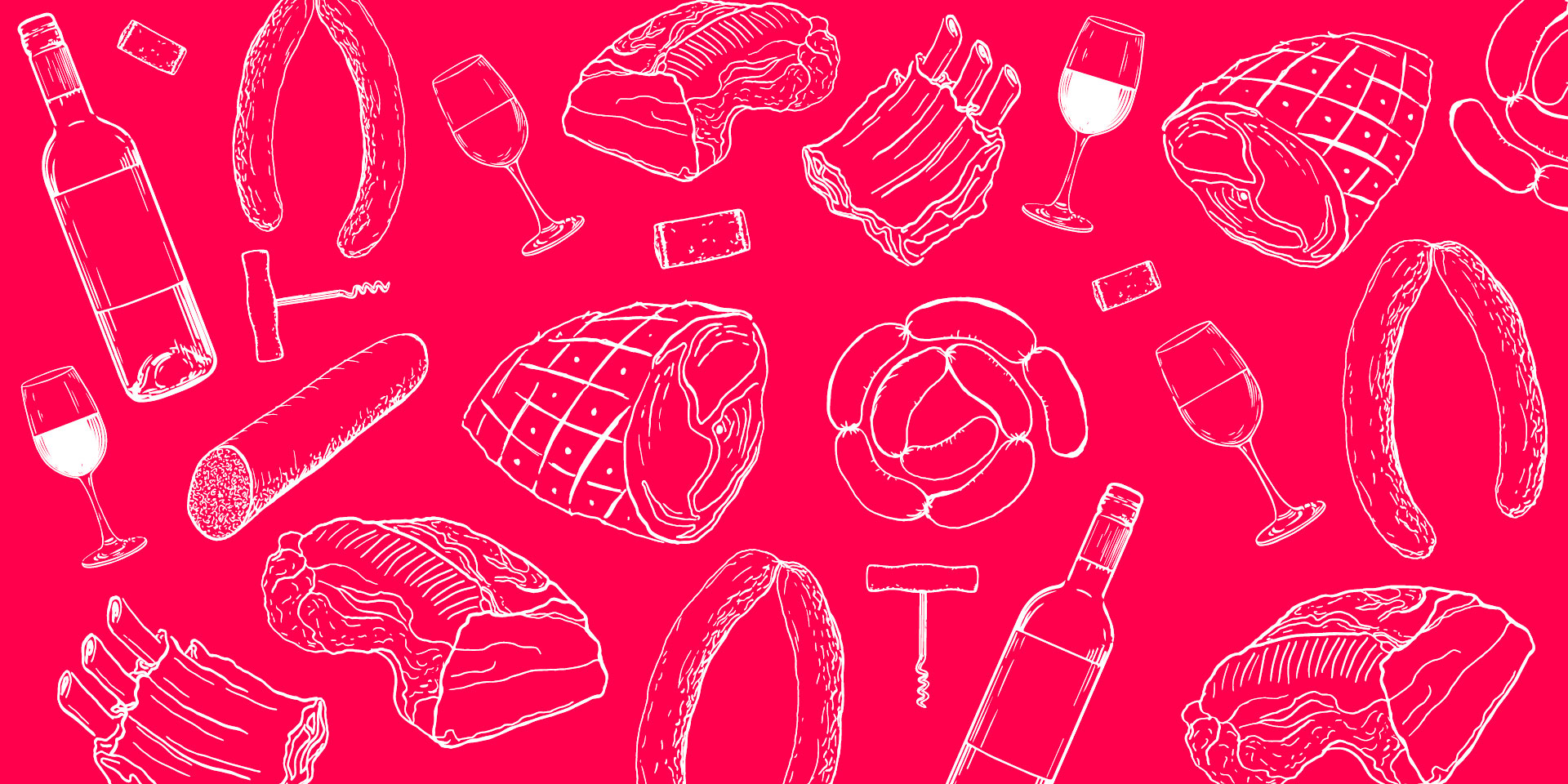Story of the "Moravian Smoked"
How instruments for the Moravian symphony of smoked and wine are born

The history of smoking is ancient - it is clear that people have been preparing meat in a similar way since prehistoric times. It is the easiest way to preserve meat for a longer period of time.
Making smoked meat is simple at first sight. The meat is salted, then left to rest and then smoked over a period of time. In reality, however, the process requires considerable knowledge and experience. The right amount of salt must be used (there are various salt mixtures), the pieces of meat - the shreds - must be a certain size and temperature when cured, and the flavour can be influenced by the addition of garlic, juniper, pepper or other ingredients. It also depends on the wood used for smoking, the temperature of the smoke, etc.
Hardwoods (usually beech, never coniferous - the meat would become bitter due to the resins in the wood) are used for smoking. Fruit wood (especially plum) adds flavour, and a sprig of juniper can be thrown in.
The smoke from the wood dries out the meat during smoking and, through hundreds of different substances, slows down the decomposition of the proteins in the meat and thus prolongs its shelf life. Nowadays, we are making more use of the second feature of smoking - aromatisation, where smoking gives the food a specific flavour. There are various methods of smoking, but the two most commonly used are cold smoking, which usually takes place at temperatures of 25-30 °C and lasts for a long time (even 2-3 days), or hot smoking, in which the food is exposed to smoke of around 80-100 °C for a shorter period of time.
Large food companies - industrial producers - use a different method of smoking. Unlike home smoking, this is simply to colour, flavour and aromatize the products. "Liquid smoke" is applied to the meat and the actual smoking time is short. The advantage is that the meat treated in this way does not contain the carcinogens that are produced by conventional smoking in smoke, the disadvantage being a slightly different taste.
Prepared using Wikipedia and www.udime.cz
